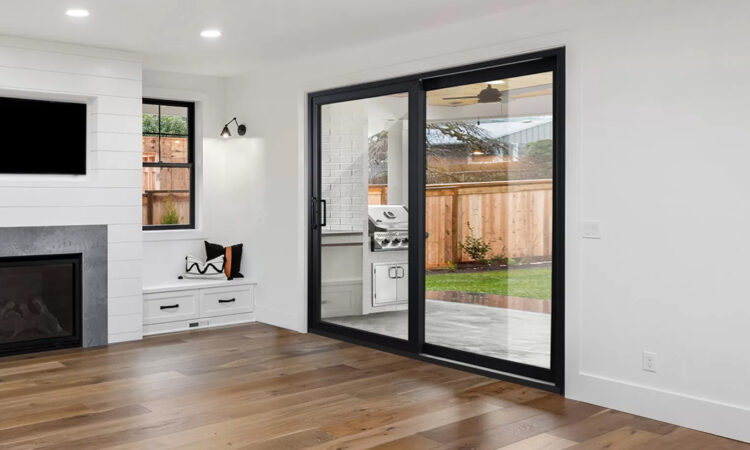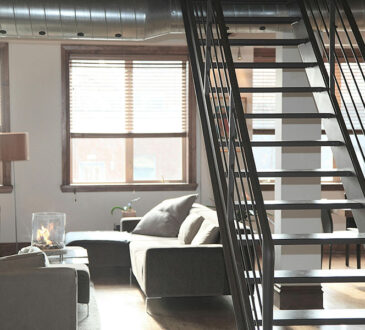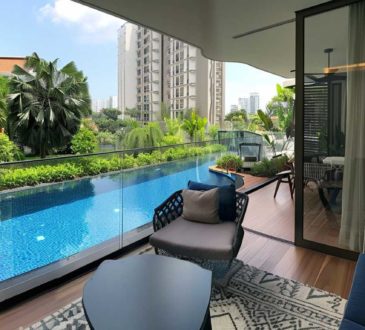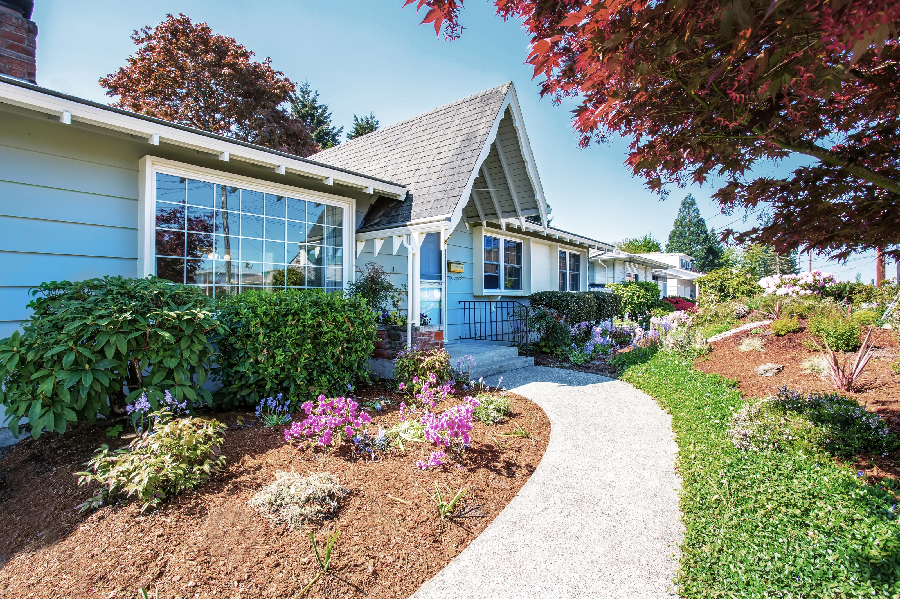
Noise issues in urban condominiums represent one of the most common sources of resident dissatisfaction and neighbour conflict, requiring strategic approaches for effective management. While marketing materials like the Skye At Holland Brochure might showcase beautiful interiors and amenities, the acoustic environment significantly impacts daily living satisfaction in ways glossy photos cannot capture. Addressing noise problems requires understanding both the physical aspects of sound transmission and the interpersonal dynamics that complicate resolution efforts in shared living environments.
Identify source types
Different noise sources require different mitigation approaches based on how sound travels through building structures. Impact noise travels primarily through physical structure when objects contact surfaces directly, creating vibrations that transfer through building materials. Typical examples include footsteps, dropped objects, or furniture movement on floors above. These impact sounds prove particularly challenging in buildings with inadequate floor/ceiling assemblies.
Airborne noise travels through air and penetrates walls, floors, and ceilings wherever acoustic weaknesses exist. Familiar sources include loud conversations, television sound, music, or pet noises. These sounds typically enter adjacent units through penetrations around electrical outlets, HVAC vents, plumbing penetrations, or simply through insufficiently insulated wall assemblies. Identifying whether problematic noise travels primarily as impact or airborne sound helps determine the most effective intervention methods.
Document the problem
Proper documentation strengthens your position when addressing noise issues through management channels or legal processes. Create detailed noise logs recording dates, times, durations, and specific characteristics of disturbing sounds to establish patterns rather than isolated incidents. These records help demonstrate persistent problems rather than occasional annoyances during dispute resolution. Consider these documentation strategies when dealing with persistent noise problems:
- Audio recordings capturing noise intensity and character
- Decibel meter readings at various times showing objective measurement
- Witness statements from visitors experiencing the same disturbances
- Journal entries noting how noise disrupts specific activities
- Records of sleep disruption and resulting productivity impacts
This systematic documentation approach transforms subjective complaints into objective evidence that property management, boards, or mediators can evaluate more effectively than emotionally charged descriptions alone. It also helps establish whether noise exceeds reasonable living expectations versus representing normal condominium living sounds.
Soundproofing solutions
When properly matched to specific sound transmission pathways, physical modifications can significantly reduce noise transmission. For ceiling noise, acoustic ceiling panels or sound-absorbing drop ceiling systems create air gaps, interrupting vibration transfer. Wall noise can be addressed through acoustic panels, mass-loaded vinyl barriers behind decorative treatments, or furniture placement strategies that disrupt sound paths. Implement these targeted solutions for common noise problems:
- Acoustic door sweeps and perimeter seals for hallway noise infiltration
- Window inserts or replacement for exterior traffic and street noise
- White noise machines create consistent sound masking for variable noises
- Foam padding under appliances generating vibration-based noise
- Acoustic curtains or heavy drapes for hard-surface echo reduction
These physical interventions can dramatically improve acoustic comfort without neighbour cooperation or management intervention. Most solutions can be implemented without structural modifications that might violate association rules, making them appropriate even for rental units with limited modification rights.



